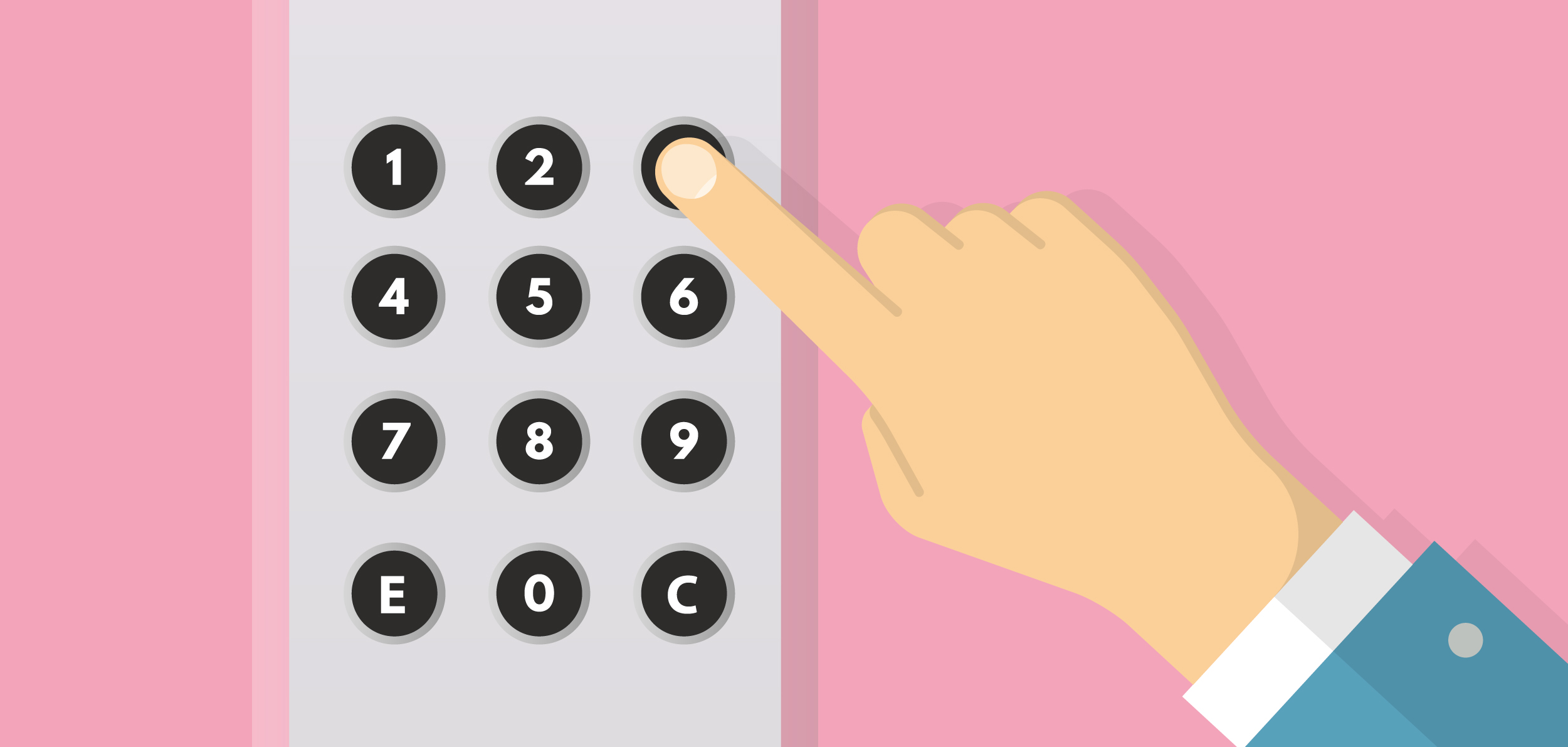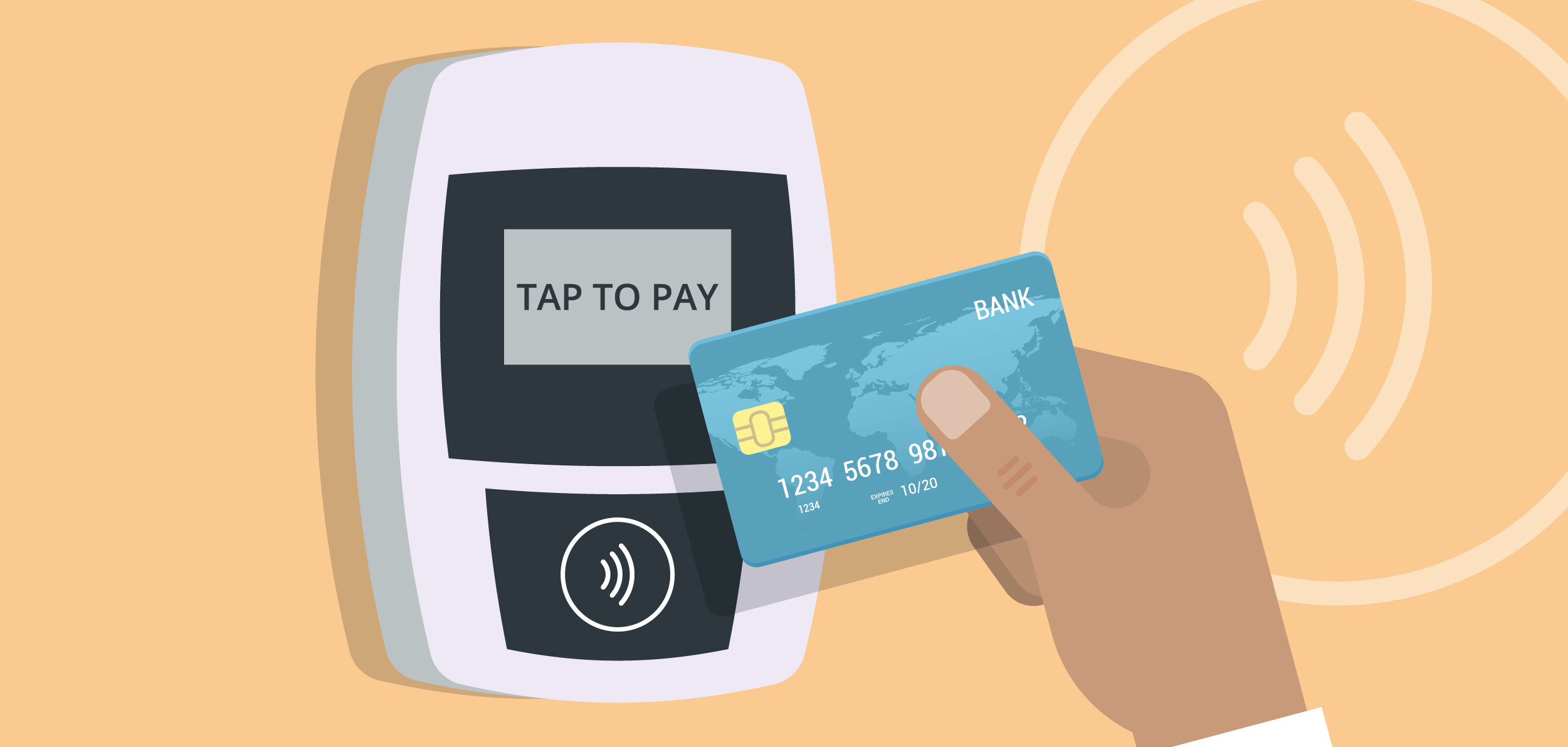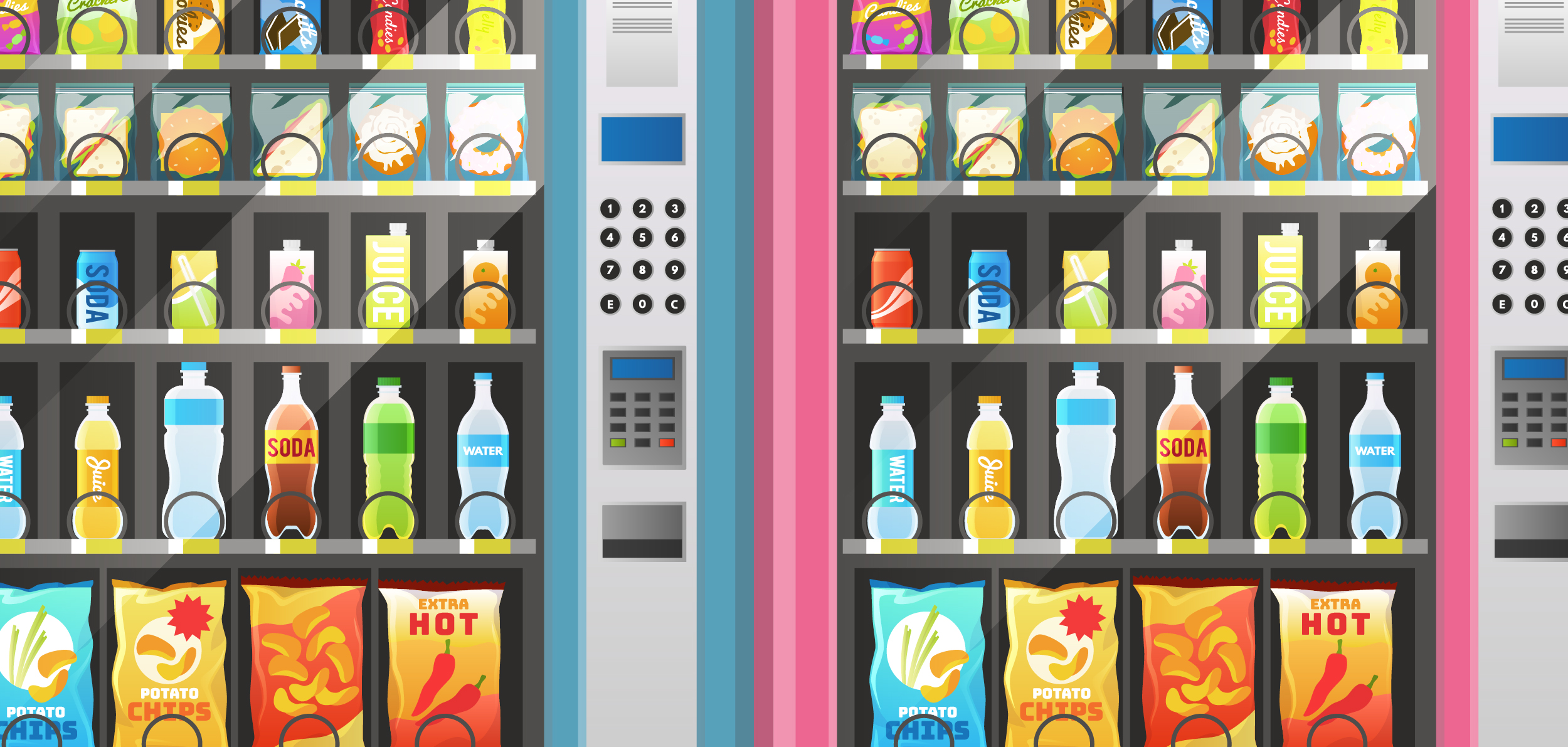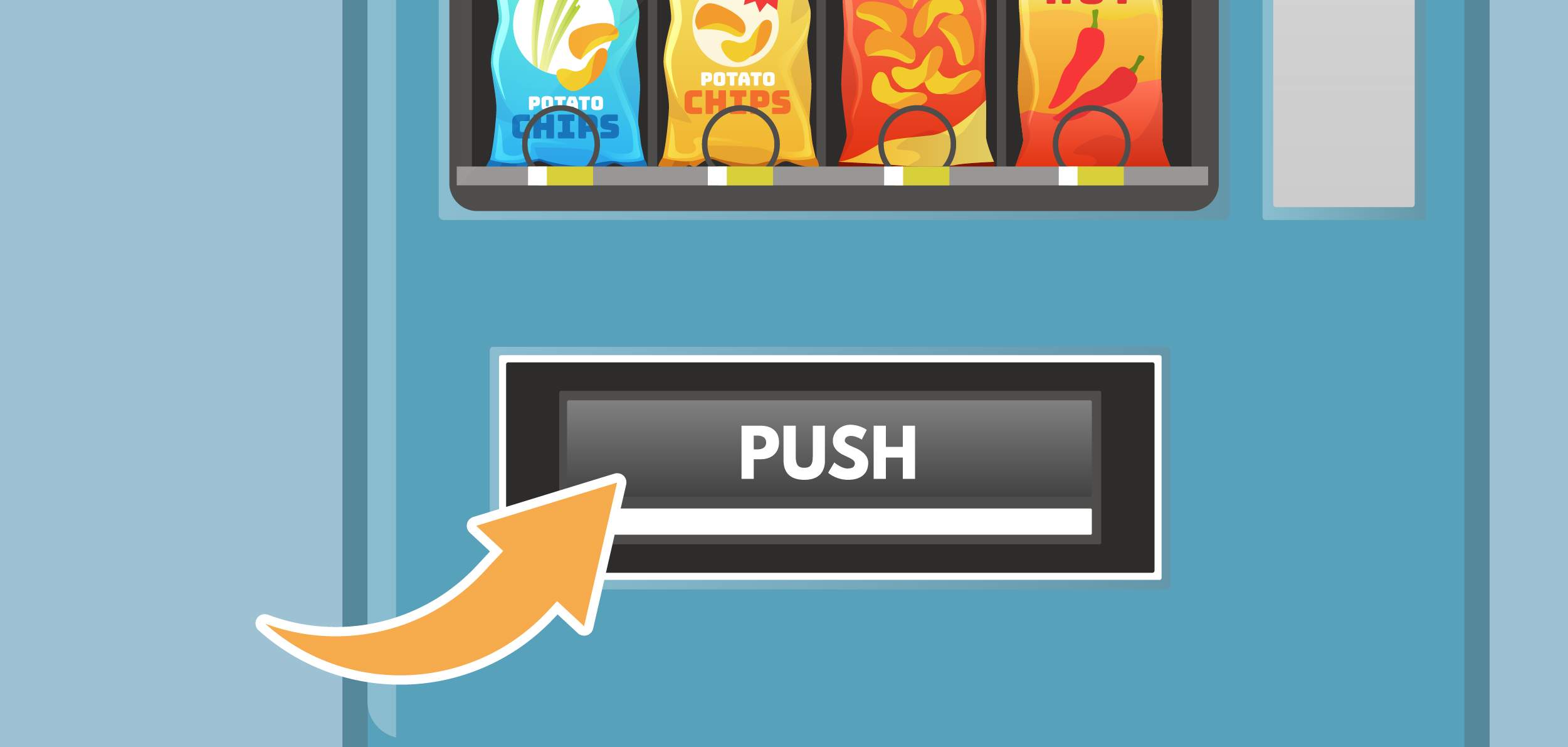We see them everywhere; from our offices to leisure centres, cinemas, shopping malls and more. To use a vending machine, you simply put your money in, press the relevant buttons and the snack of choice falls down, all in a matter of seconds. This is convenience in action, and people around the world are accustomed to using one regularly. But how do vending machines actually work? In this article Nu Vending are going to look deep into the process of a vending machine and what happens between the pressing of buttons and the deposit of snacks.
Thinking of leasing or buying a vending machine?
At Nu Vending, we offer a wide range of vending machines to rent, lease or buy. Our experts can explain how vending machines work and discuss our vending machine services to ensure your vending machine is well kept.
Get a free quote!The keypad

Starting here, with our first point of contact with the machine. Obviously, we use the keypad to dictate which product we want from the machine, but aside from receiving the button presses, the keypad also houses the vending machine’s computer system. The keypad registers these presses, and then tells the computer which product to select.
Payment
With contactless-only vending machines becoming more and more popular, cash is no longer crucial to getting a snack from a vending machine. However, plenty of machines are yet to be updated to accept cards, so they still require coins, or notes in some cases. Let’s have a look at the mechanics of paying with cash at a vending machine.

Cash
If you’re paying with change, then you slip the requisite amount of coins into the slot. When you put the coins in, the machine uses electromagnets to measure the diameter, the type of metal and thickness of each one, so that it can calculate whether the right amount has been inserted. You hear that familiar ‘clunk’ and the machine begins to whir, letting you know that your money has been accepted and your snack is on the way.
In vending machines that accept notes, said note will undergo an authentication process, too. It is put through a series of optical scanners that take pictures of the bill and send it to the computer, which can then check for authenticity.
As currency is often changing in appearance (see £1 coins and all English bank notes), machines have to be updated to ensure they recognise and accept the new currency, as well as rejecting old and obsolete coins and notes.
Card
If you use the chip and PIN method of card payment, then you’ll insert your card into the machine. The machine then reads your card data and also encrypts it, before passing the information onto the computer. If you’re using contactless payment, then your card has an RFID chip in it that communicates with the contactless receiver on the vending machine.
Once your card data has been validated, it is then sent to a credit card processor via a data centre so that the transaction can be approved. This processor then communicates with the vending machine computer to let it know whether to accept or reject the transaction; if the sale is accepted, the product is vended and funds are charged to the card.
The products

Typically, vending machines have rows and rows of products with each one held in place by coils. These coils are controlled by electric motors that are activated once your coins have been accepted or your card transaction has been approved.
Some vending machines use pickers to retrieve the product. When the product is selected, a mechanical arm picks the product and brings it down to the tray at the bottom or to a slot where the user can pick it up. This process is smoother than simply dropping the product into the tray, which is particularly useful when dispensing carbonated drinks, as there’s no risk of them fizzing up.
The tray
Believe it or not, the tray is actually a complex piece of equipment. There is a line of infrared beams at the bottom that detect whether or not your product has been dropped from its shelf into the tray – when the object falls through the beam, that signals to the machine that the product has been successfully vended. If you’ve put money in the machine or you’ve paid with your card, the transaction’s been accepted but the beams haven’t been broken, then the machine knows the product is still stuck on the shelf, so it spins the coils again.

The convenience of vending machines is unrivalled, and the matter of seconds it takes to dispense what we need is yet to be matched by even the fastest service in a cafe or corner shop. However, tastes and needs have changed now, and people want to grab more than a packet of crisps and a chocolate bar on the go. As such, there’s a vending machine for just about everything. From cheeseburgers and hot dogs to DVDs and even socks, people in a rush can pick up anything they need from a hi-tec box on a street corner or a train station. Whether you’re picking up your lunch or the latest blockbuster to watch at home, now you know what happens once you put your money in.
Nu Vending are tried, trusted and experienced suppliers of the highest quality, state-of-the-art vending machines perfect for a variety of sectors and customers throughout London, Milton Keynes, Slough and Watford. From cold drink vending to confectionery, food and healthy snacks, we’ve got the perfect machine for your premises, whatever your needs are. Contact us today to find out more.




















